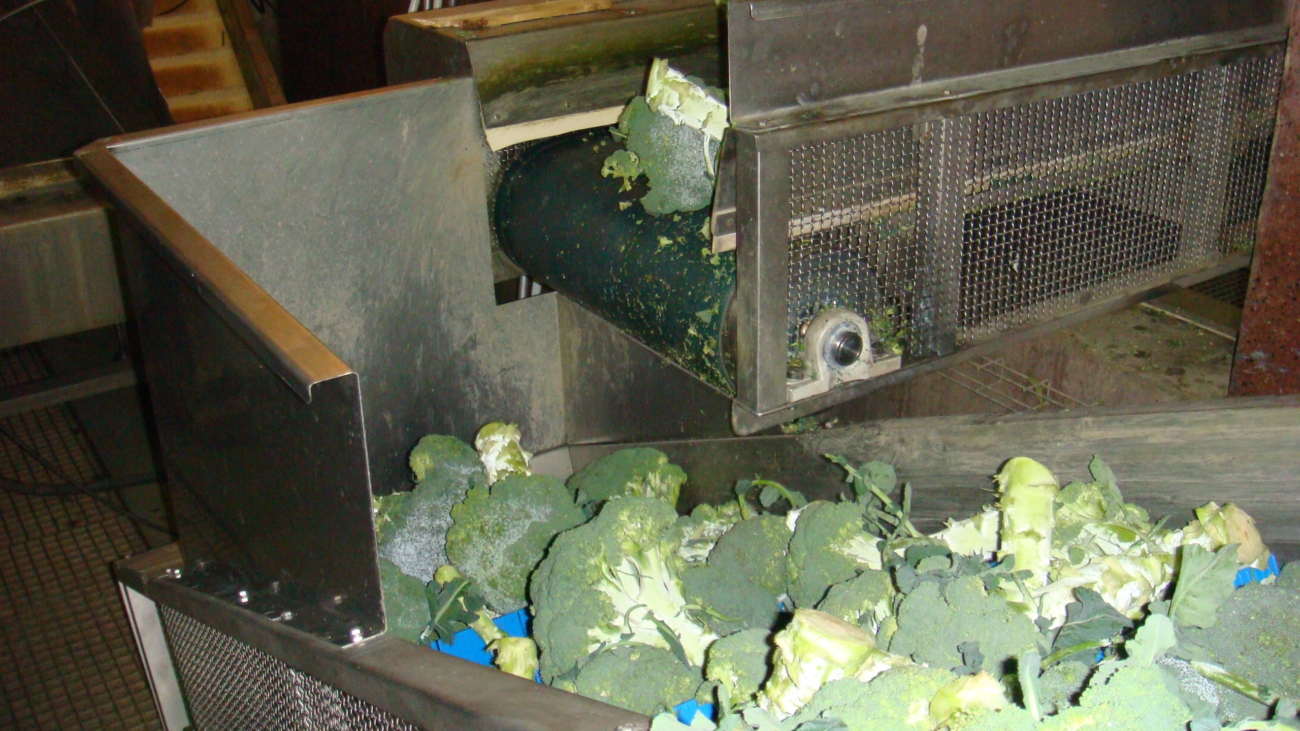Broccoli is one of the most popular and high profile vegetables. It is almost synonymous with healthy eating and images of broccoli are often used to represent vegetables as a whole. It is a staple in many different types of dishes and is also often eaten raw as a standalone treat. However, as with most types of produce the key to getting the best taste, quality, and nutrition from broccoli is in selecting fresh, healthy broccoli that has been properly harvested and cooled. What follows is some key information about broccoli, different cooling methods, and factors that affect its shelf life.
Botanical Facts About Broccoli
Broccoli is a cultivar of the Brassica oleracea plant species. While this scientific Latin name is likely unfamiliar to everyday people the varieties of food it produces definitely are not. Brassica oleracea is not just the species that broccoli belongs to; it is also the species responsible for cabbage, cauliflower, Brussel sprouts, collard greens, kale, and several other commonly consumed leafy greens. These different foods represent different cultivars of the plant, but are in fact the same species and are thus able to be crossed with each other. Broccoli is a member of the Italica Group of cultivars, the most common of which is Calabrese broccoli with the characteristic large green heads atop thick stalks. Other types of broccoli include sprouting broccoli which has more heads and thinner stalks, and purple cauliflower, which despite the name is a type of broccoli that has a cauliflower-like shape and a purple hue.
Health Facts about Broccoli
Broccoli is so popular in large part due to its many positive health benefits. It is an excellent source of vitamin C and vitamin K. It also contains large amounts of B vitamins including niacin (B3), folate (B9), riboflavin (B2), Thiamine (B1), and vitamins B5 and B6. Additionally broccoli is an excellent source of dietary fiber and contains many trace minerals such as calcium, iron, magnesium, manganese, zinc, potassium, and selenium. Its low-calorie nature also makes it a popular choice for weight-conscious consumers.
Research has indicated that broccoli also contains enzymes and compounds that are anti-viral and antibacterial. There is even evidence that broccoli contains anti-cancer properties and that it helps promote DNA repair. For optimal health benefits it is advised that it be eaten raw, steamed, stir fried, or even microwaved. By contrast boiling broccoli reduces many of its most nutritious, anti-carcinogenic properties. The longer it is boiled the more of its nutrients are lost.
General Information About Cooling and Storing Broccoli
Careful cooling and storing of broccoli is imperative to ensure its taste, quality, and nutritional value. Furthermore, better maintained, fresher broccoli will naturally have more market appeal and higher value. For best results the following cooling and storage factors should be taken into consideration:
Temperature – Broccoli should be stored at a temperature of 32°F for optimal shelf life. Dropping below 31°F will run the risk of freeze damage while temperatures above 32°F may be insufficient to slow decay.
Relative Humidity – Broccoli requires a very high relative humidity, about 95-100%. Failure to keep broccoli in a high humidity environment will result in weight loss as the vegetable dries and shrivels.
Ethylene Sensitivity – Broccoli is extremely sensitive to ethylene, a chemical compound naturally excreted by many fruits and vegetables during the respiration process. Ethylene plays an important role in ripening, but sustained ethylene exposure results in decay. Thus, to prevent premature broccoli should be kept separate from other ethylene-producing produce.
Shelf Life – Fresh broccoli has a shelf life of about 2 weeks after harvest. When frozen it may last significantly longer.
Methods of Cooling Broccoli
The following methods of cooling broccoli after harvest have been shown to be most effective:
Icing – Icing the tops is the preferred cooling method because it not only provides excellent temperature reduction, it also helps keep the vegetable stay hydrated, thus reducing weight loss and shriveling.
Hydrocooling – Hydrocooling involves rapidly submerging the broccoli in near-freezing water. This is a very quick and effective method of removing field heat. Hydrocooling is a pre-cooling method that can be combined with other methods such as icing or room cooling once the initial field heat has been removed.
Room Cooling – Room cooling is less effective than icing the broccoli and results in more moisture loss, shriveling, and yellowing of the broccoli. However, room cooling may be effective short term or in the absence of options such as icing.
SEMCO/SEMCOLD LLC understands the economic importance of keeping broccoli properly cooled and stored. We provide dependable, custom-made cooling and storage solutions that are ideally suited for use with broccoli and other produce crops. Like our customers we are committed to ensuring that consumers end up with the freshest, most delicious broccoli possible and we are proud to be able to offer industry-leading cooling solutions that meet that objective.

